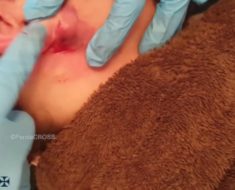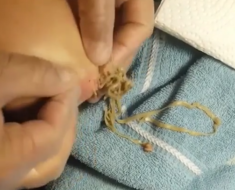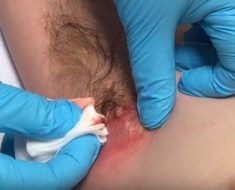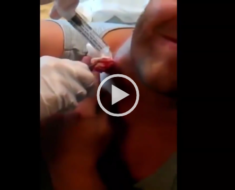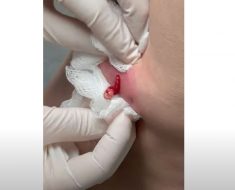Watch video on Youtube
Attempting to pop a pilonidal cyst at home is generally not recommended. Pilonidal cysts are often painful and can become infected. Trying to pop or drain the cyst on your own can lead to complications, such as infection spreading or recurrence of the cyst. Here are some reasons why you should avoid attempting to pop a pilonidal cyst at home:
- Risk of Infection: Pilonidal cysts can become infected, and attempting to pop the cyst at home may introduce bacteria into the area, leading to a more severe infection.
- Incomplete Drainage: If not done properly, attempting to pop the cyst may result in incomplete drainage, allowing the cyst to refill and recur.
- Trauma and Scarring: DIY attempts to drain or pop the cyst may cause trauma to the surrounding tissue, leading to scarring and potential complications.
- Spread of Infection: If the cyst is infected, squeezing or popping it at home can cause the infection to spread to surrounding tissues, leading to cellulitis or abscess formation.
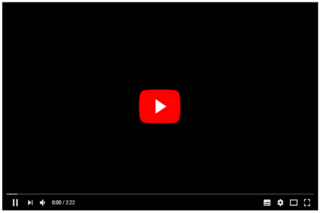
If you suspect you have a pilonidal cyst or are experiencing symptoms such as pain, swelling, or drainage in the tailbone area, it’s crucial to seek medical advice. A healthcare professional, such as a doctor or a dermatologist, can properly diagnose the condition and recommend appropriate treatment, which may include draining the cyst or, in severe cases, surgical intervention.
